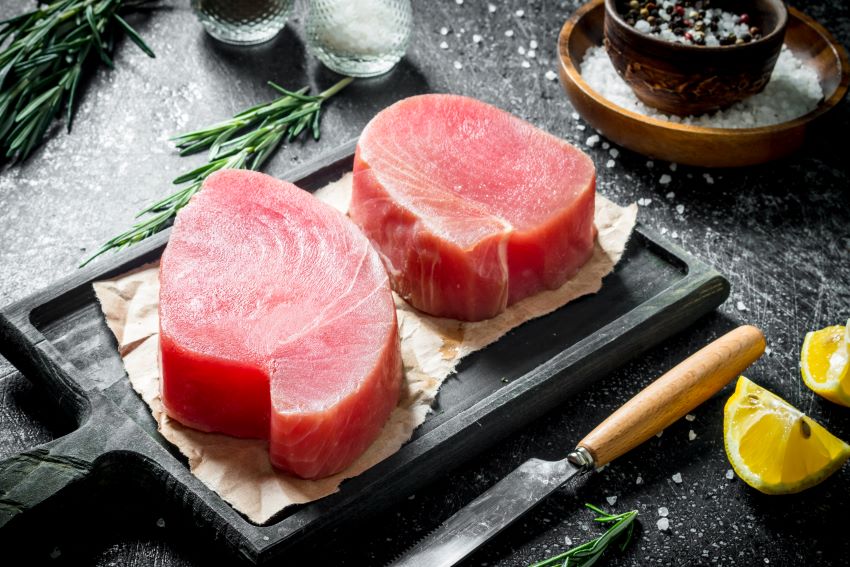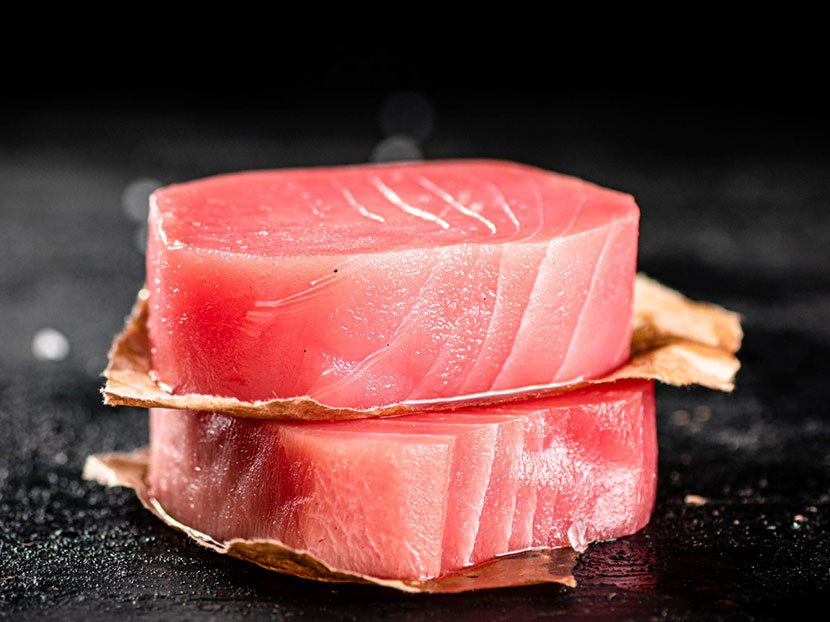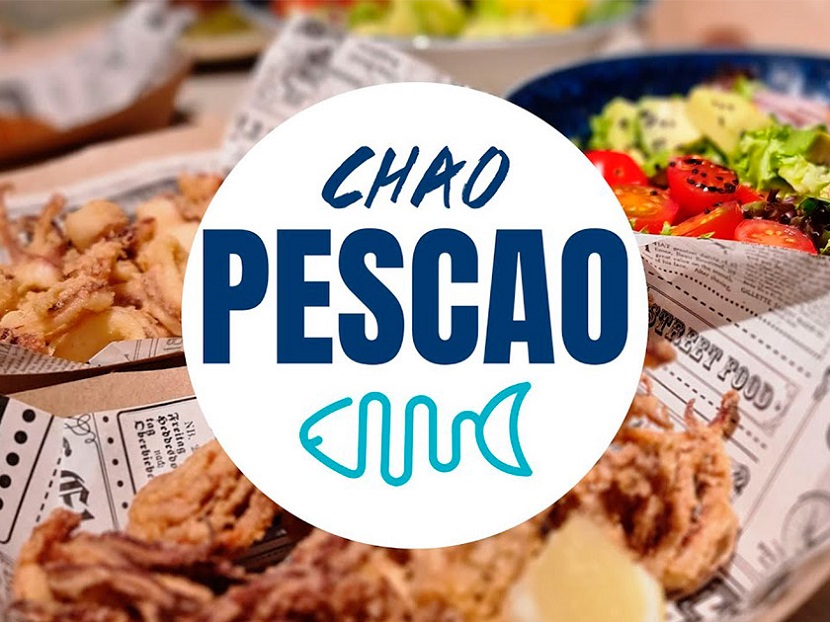If you enjoy seafood, you have probably wondered about the differences between bonito and tuna. Both bonito and tuna are oily fish, but there are differences between them that only a well-trained eye can detect.
Do you want to know the differences between tuna and bonito? We’ll explain them to you so that you can bring out the gastronomic expert within you.
Tuna and bonito: Are they the same?
Although both fish have a high gastronomic value, bonito and tuna are not the same despite them both belonging to the tuna family.
Let’s learn to differentiate between different types of tuna and different types of bonito, as although they may seem similar, they do not have the same organoleptic characteristics and certainly do not have the same price.
The main differences between bonito and tuna can be found in the size of the fish, its texture, the color of the flesh and of course, the taste. There are also some differences in terms of their nutritional composition and benefits.
Learn about the differences between bonito and tuna
Sometimes it can be a bit confusing to distinguish between bonito and tuna. In Spain, for example, there are various commercial names for tuna, depending on the geographical area in which we are located.
The Atlantic bonito
The Atlantic Bonito (Sarda sarda) is not a large fish, reaching up to 5 kilograms in weight. It does not belong to the Thunnus genus but it is marketed as a tuna. It has an elongated shape, metallic blue color, and distinctive black stripes. It is also known as “serrucho,” “bonítol,” and “sierra” in Spanish.
It is a fatty fish with flavorful flesh and is more affordable than Northern Bonito (Albacore)
Northern bonito (Albacore)
This tuna, scientifically known as Thunnus Alalunga, is mainly caught in the Bay of Biscay. Due to its whitish flesh, it is also known as “white tuna”. Northern Bonito is caught using traditional fishing methods and there are certifications that validate its artisanal fishing with a rod and line.
It is characterized by its long pectoral fin, as its scientific name indicates. It has a streamlined shape and usually weighs around 8 kilograms on average, although much larger specimens have been caught.
Bonito is highly appreciated for its flavour and texture. When properly treated, it is juicy and has a more delicate taste and is less fatty compared to tuna
The loins and belly, which is fattier, are the most prized cuts. It is sold both fresh and canned.
As you can see, it is important to differentiate between Atlantic Bonito and Northern Bonito. The one that is most similar to light tuna (yellowfin tuna) is Northern Bonito.
Yellowfin Tuna (Light Tuna)
Do not confuse bonito, also known as “white tuna”, with “light tuna” (yellowfin tuna). Its scientific name is Thunnus albacares, and it is the king of canned tuna.
Yellowfin tuna is significantly larger than bonito, and the largest specimens can weigh over 100 kilograms.
After a change in Spanish legislation, the term “light tuna” has also been used for products obtained from bigeye tuna, which is cheaper and of lower quality.
Yellowfin tuna is also known as “Light tuna” and it is very different from bluefin tuna, which is used in dishes like tuna tartare, as explained in another post on our blog.
The main differences between Northern Bonito (Albacore) and yellowfin tuna are the following:
Colours
Yellowfin tuna has yellow fins, while bonito is a metallic blue colour and has a white belly.
Weight
Bonito has a smaller average size compared to yellowfin tuna. On average, bonito weighs around 15 kilograms, while yellowfin tuna weighs around 50 kilograms.
Fishing Methods
Northern Bonito is caught using artisanal pole and line fishing in the Bay of Biscay.
Yellowfin tuna is caught in the Atlantic, Pacific, and Indian Oceans. Both industrial and traditional fishing methods are used.
Season
Yellowfin tuna is available throughout the year, while bonito has a limited season from spring to October.
Organoleptic Characteristics
Bonito has a smooth texture and flakes easily. It has a more delicate flavor, and it is a juicy and pleasant fish to eat.
Yellowfin tuna has a more intense flavor, and its texture is not as fine. Yellowfin tuna has a higher fat content compared to bonito.
In the Kitchen
Yellowfin tuna is mainly consumed canned and is found in most larders because it is a versatile, affordable, and flavorful option. It is commonly used in sandwiches, salads, pizzas, or empanadas.
Fresh bonito is highly valued in the kitchen and is the base for typical Spanish dishes such as marmitako from the north of Spain, pickled bonito and tuna cooked with onions from southern Spain.
Now that you know the differences between bonito and tuna, if you feel like eating fish in Barcelona, all you need to do is come to Chao Pescao Seafood and enjoy tunas in all their glory.




